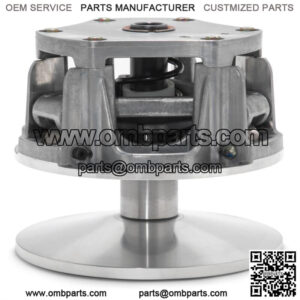How does a clutch actually work?
The clutch is made up of three main parts – the clutch plate, pressure plate and flywheel. When the clutch is engaged the springs in the clutch press these three parts together so that the engine and the transmission are connected and spinning at the same speed. You need a clutch in your car because the engine spins all the time, but your car’s wheels don’t. When you depress the clutch pedal the springs pull the pressure plate away from the clutch plate, so that the flywheel and pressure plate spin at a different rate, allowing you to smoothly change gears or come to a stop.
Goldwagen offers an array of quality replacement clutch kits and components for a wide selection of vehicles but what are some indications that your clutch needs replacing?
5 signs that your clutch needs to be changed
- Difficulty shifting gear
- Squeaking or grumbling noise when the clutch pedal is pressed
- Spongy, sticking, vibrating or loose clutch pedal when pressed
- Ability to rev the engine, but poor acceleration
- Slipping’ clutch, causing a momentary loss of acceleration.
Other signs to take note of include the following:
A slipping clutch: A slipping clutch is the result of worn-out clutch friction material. Your clutch only engages through friction, so if there’s no material there to provide that friction, then your clutch won’t engage properly. One of the most noticeable signs of a slipping clutch is that you’ll feel that as you release the pedal and accelerate, your vehicle will move slowly, while the engine revs higher.
The clutch pedal is hard to engage: Every clutch requires some amount of input or force from the driver to fully depress and engage. If you find yourself pressing excessively hard to engage the clutch, then you have a problem with the release mechanism.
Grinding Occurs When Shifting Gears: If you hear grinding when shifting gears, that means the clutch disc remains engaged. The transmission input shaft then keeps spinning even when you fully depress the clutch pedal. This will cause the gears to grind and will eventually damage the transmission.
Clutch pedal remains stuck to the floor: There is nothing worse than depressing the clutch and it remains on the floor… A clutch pedal that stays on the floor means that you have binding problems with the linkage or release bearing.
“Keyword”
“how to remove golf cart clutch”
“how do i know if my golf cart clutch is bad”
“how to remove clutch on club car golf cart”
“how does a golf cart clutch work”

